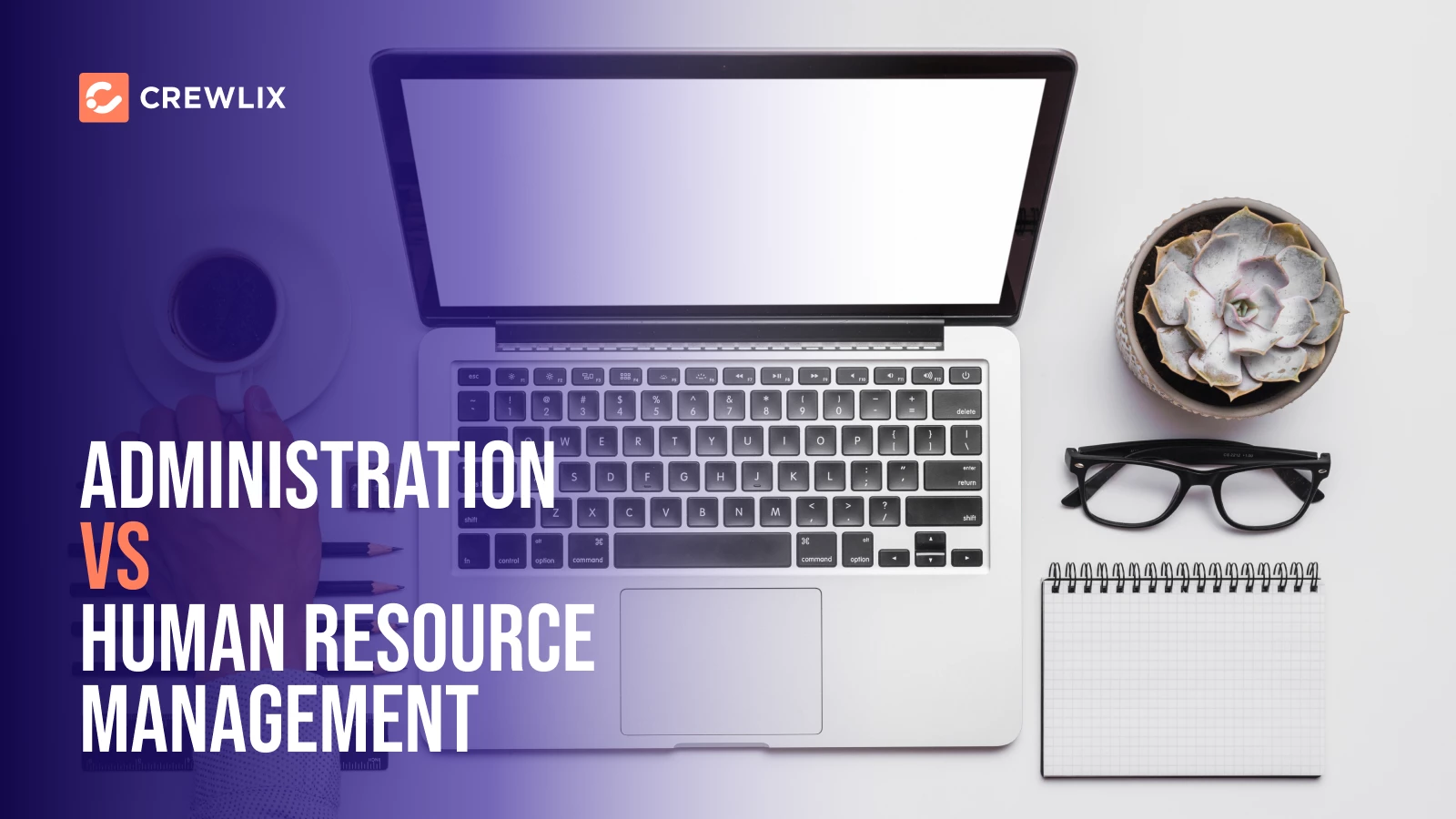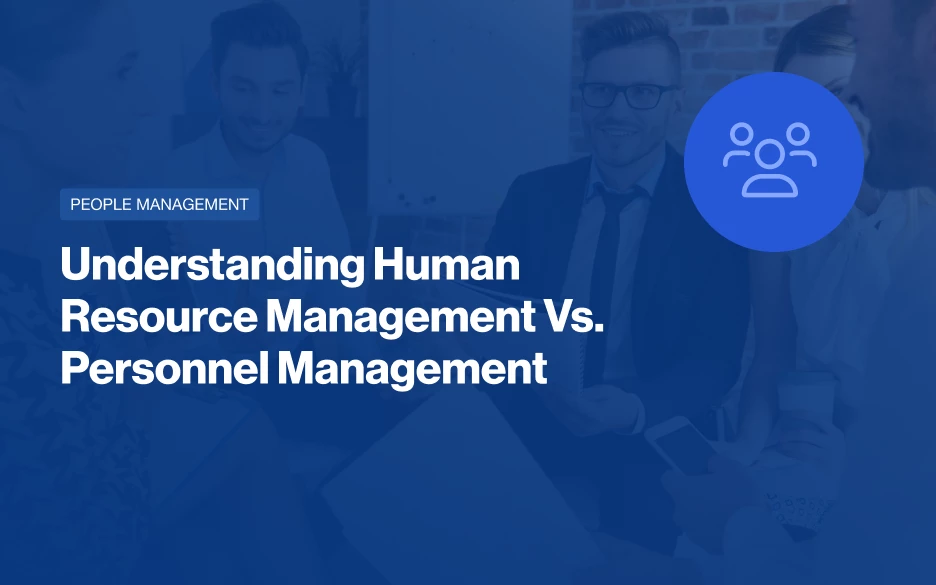HRM (Human Resource Management) and HR (Human Resources) are essential sectors of the company to ensure employees have everything they need to be successful. Although both focus on employee well-being, their strategies, responsibilities, and approaches differ.
However, many use them interchangeably without knowing the proper definitions. Thus, being familiar with the differences between HRM and HR is crucial if you intend to manage your firm effectively.
While HR includes HRM as one of its components, HRM is a broader concept. Let’s look closely at HRM vs. HR to determine which area best suits your interests and career objectives.
Read More: HRIS vs. HRM
HRM vs. HR
Human Resource Management (HRM):
The focus of HRM is on maximizing the efficiency and effectiveness of the workforce to contribute to the overall success of the organization.
Key aspects of HRM include:
1. Strategic Planning
HRM aligns its strategies with the organization’s overall business objectives. It involves forecasting future manpower needs and planning how to meet those needs.
2. Recruitment and Selection
HRM is responsible for attracting, hiring, and selecting the right talent for the organization. HRM employees create job descriptions, conduct interviews, and make hiring decisions.
3. Training and Development
HRM trains employees to enhance their skills and capabilities. It focuses on continuous learning and development to keep the workforce competitive.
4. Performance Management
HRM helps to evaluate and manage employee performance. For example, setting goals, conducting regular performance reviews, and providing feedback.
5. Compensation and Benefits
HRM designs and administers compensation and benefits packages that are competitive in the market.
Human Resources (HR):
On the other hand, HR is a broader term encompassing both the management of human resources (HRM) and the administrative functions related to personnel. HR is the link between management and employees, addressing day-to-day operational issues.
Key aspects of HR include:
1. Administrative Functions
HR handles paperwork, maintains employee records, and ensures compliance with legal requirements.
2. Employee Relations
Mediation and conflict resolution are crucial tasks for HR professionals. They also facilitate communication and maintain a positive work environment.
3. Policy Implementation
HR is instrumental in implementing and enforcing organizational policies and procedures. This includes communicating policies to employees and ensuring adherence.
Differences Between HRM and HR with Examples
Here is a difference between HR and HRM in table form with examples:
| Aspect | HR | HRM |
|---|---|---|
| Focus | – Broader scope, encompassing all aspects of people management within an organization | – A narrower focus on the strategic and administrative aspects of managing employees |
| Scope | – Recruitment and selection – Payroll and benefits administration – Employee relations – Training and development – Performance management – Compliance with labor laws | – Workforce planning – Job analysis and design – Performance appraisal – Compensation and benefits – Employee training and development – Labor relations |
| Goals | – To attract, retain, and develop a high-performing workforce – To create a positive and productive work environment – To ensure compliance with legal and ethical requirements | – To align HR practices with the organization’s strategic goals – To improve employee productivity and performance – To reduce employee turnover and absenteeism |
| Implementation | – Often involves a combination of centralized and decentralized functions – May be supported by a Human Resources Information System (HRIS) | – Typically involves a more strategic and integrated approach – May be led by a Chief Human Resources Officer (CHRO) |
| Time Horizon | – Short-term focus on immediate needs. | – Long-term planning for organizational goals. |
| Examples of tasks | – Conducting job interviews – Processing payroll – Investigating employee complaints – Conducting training programs | – Developing a compensation and benefits strategy – Implementing a performance management system – Negotiating with labor unions |
HRM vs. HR – What Are the Benefits?
HRM: Shaping the Future of Work
- Forecasting the Workforce
HRM lets you plan by forecasting talent requirements and creating long-term workforce strategies.
- Tailoring Talent Development
HRM allows you to create bespoke programs that hone unique skills. As a result, your employees become a highly specialized force for the organization.
HR: Leaders of the Daily
-
Attracting Top Talent
HR masters the art of recruitment that lures the best and brightest with a welcoming approach and clear opportunities.
-
Maintaining Workplace Harmony
From resolving conflicts to navigating complex labor relations, HR keeps the peace.
- Keeping the Engine Running
Payroll, benefits, compliance – HR keeps the administrative gears turning flawlessly.
Conclusion
The demand for HRM vs. HR professionals fluctuates based on economic conditions and industry trends. Currently, both sectors are experiencing relatively good job growth, with projections for continued positive growth in the coming years.
If you want to influence the organization’s long-term success directly, go for HRM. However, if you want better flexibility and numerous opportunities, then go for the HR sector.











